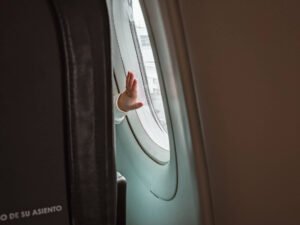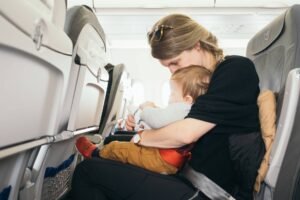
Regressions in Babies in the First Year
Welcoming a new baby into your life is an exciting and joyous time. As a new dad, you’re likely thrilled with every milestone your baby achieves. From their first smile […]
DadProved Dad Tips and Parenting Tips

Welcoming a new baby into your life is an exciting and joyous time. As a new dad, you’re likely thrilled with every milestone your baby achieves. From their first smile […]

As a father, there’s something incredibly rewarding about being involved in every aspect of your child’s life, and that includes their first steps into the world of solids. Baby led […]

With a new baby in the family, you might be wondering how to plan travel and outings that are fun, safe, and enjoyable for everyone. Check out our Dad Guide […]

Traveling with a newborn or infant by plane for the first time? DadProved answers the most frequently asked questions on flying with a newborn in India. Booking Tickets Do I […]

The complete DadProved Dad Guide to newborn travel checklist, including tips for air travel with infant. Infant Travel Checklist Packing appropriately for your flight with a newborn is crucial to […]